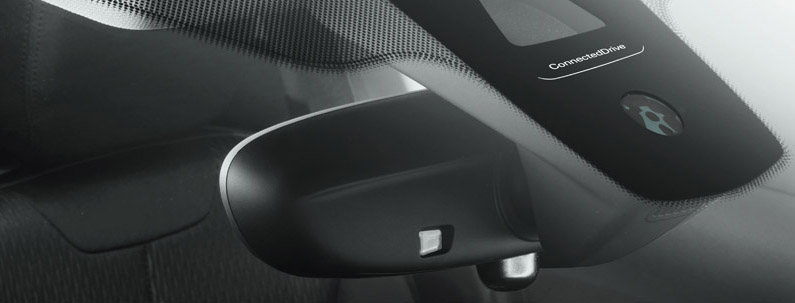How rain-sensing wipers work


A Pineapple Express is a meteorological phenomenon created when a strong flow of atmospheric moisture and heavy precipitation from the waters around the Hawaiian Islands moves along the Pacific coast of North America, bringing heavy rainfall.
The most recent Pineapple Express rolled into the Lower Mainland region last week, drenching the South Coast with up to 90 millimetres of rain in some areas, according to Environment Canada.
Pineapple Express fronts are not unusual for B.C., with about two or three reaching the province every winter. But their appearances certainly emphasise how reliant we as Vancouver drivers are on our windshield wipers.
While there haven’t been any revolutionary developments with windshield wiper systems recently, in the last decade or so, automotive engineers have fitted them with some intelligence so that drivers can better concentrate on the road ahead during inclement weather.
Let’s take a closer look at the technology behind rain-sense wipers.
A bit of history
Since 1916, windshield wipers have been standard equipment on most road cars. However in the early days, drivers had to operate wipers manually, first literally turning them by hand. In the last few decades, thanks to electric motors, that evolved into just turning on a switch via the ubiquitous wiper stalk.
However, drivers still have to frequently fiddle around with the wiper delay controls, to moderate the wiper sweep speed proportional to the moisture on the glass. In scattered showers, this can require constant adjustment and attention.
Earlier attempts at automatic wipers, which could sense the amount of water on the glass and wipe accordingly, were not very sophisticated. The 1970 French-built Citroën SM system adjusted the intermittent wiper delay based on the electrical current draw of the wiper motor.
The idea behind it was that since a wet windshield would cause less resistance to a wiper blade versus a dry windshield, a special circuit in the Citroen was used to indirectly “guess” if rain was present on the window. Needless to say it was far from a perfect science.
Today’s technology
These days, even non-luxury compact and family cars are available with rain-sensing wipers.
These systems utilize an LED sensor, fitted between the windshield and rearview mirror, to detect the amount of rain or snow falling on the windshield. There are a number of infrared light-emitting diodes (LEDs) and a central photodiode which make up the “rain sense” portion of the system.
The invisible light emitted by the LEDs is reflected by the windshield onto the photo sensor. Therefore the more moisture there is on the windshield, the less light the sensor receives. This information is subsequently relayed to a computer control unit, which then adjusts the intermittent wiper delay intervals of the accordingly.
The wetter it gets, the faster the rain sensing wipers work to help give you a clear view of what’s in front of you. When the system senses drier conditions, such as when the vehicle is stopped at a red light and the rain is falling less intensely, the wipers will gradually slow down before switching themselves off when no longer needed. Say goodbye to chattering windshield wiper blades!

Unlike the Citreon system, this particular sensor design means that dirt, minor defects and ageing of the windshield glass does not impair the system’s sensitivity.
Depending on the vehicle, many systems offer the ability to choose different sensitivity settings. The most sensitive setting will cause the wipers to sweep with just a few drops of rain whereas the least will wait significantly longer before starting.
In some vehicles, the rain sensor is also linked up to the rear wiper. In this scenario if the sensor detects rain and the reverse gear is selected, the rear wiper will automatically activate as well.
In many vehicles, additional light sensors in the windscreen can also detect changes in light conditions – e.g. at dusk or when entering a tunnel – and automatically turn on the headlight.
Thanks to innovations such as rain sensing wipers, drivers will find driving in wet conditions safer and more comfortable, leaving them to fully concentrate the cars on the road ahead.
Fog, snow, rain, or road spray – whatever mother nature throws at out there, you can be confident in taking it in stride!

